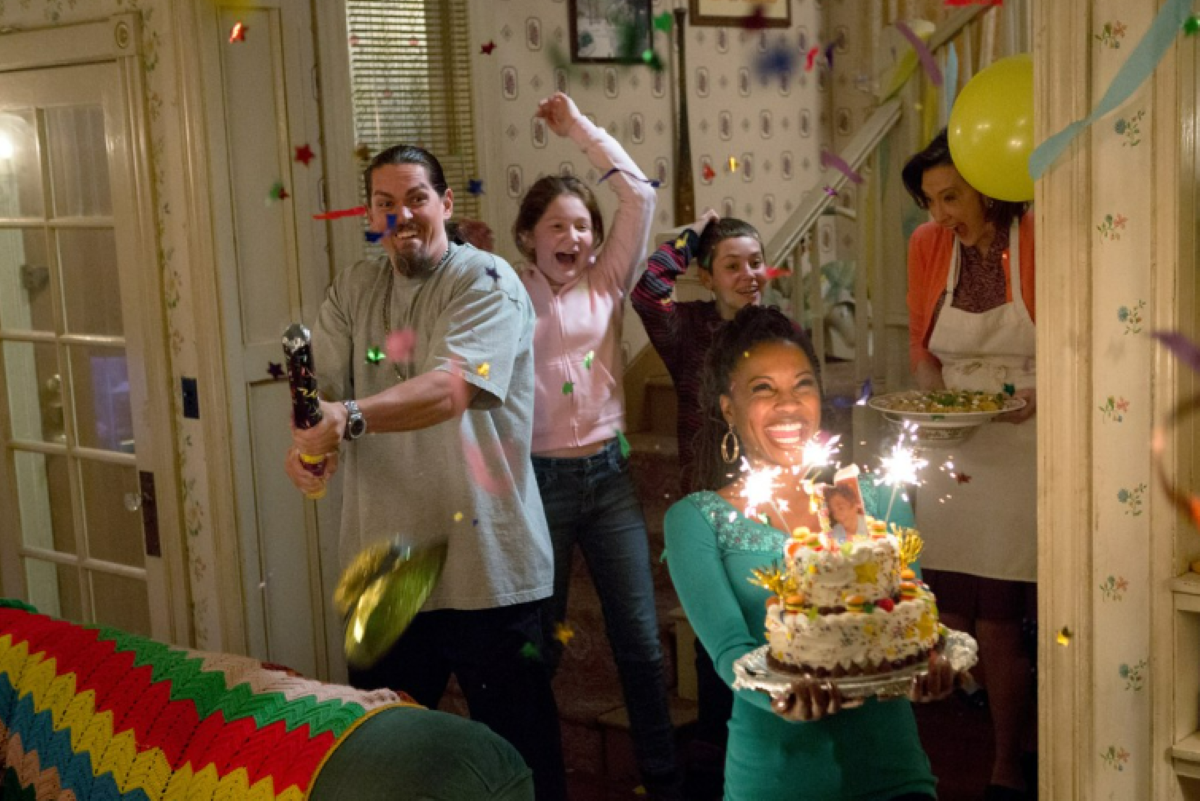 Adrian Northrup
Adrian NorthrupI was shopping for school supplies earlier this year, picking out notebooks, folders, writing utensils and such, when I noticed what seemed to be an influx of purple pens.
For the first time I saw purple being sold in bulk alongside black and blue. I made a random comment to my mom, an elementary school teacher, about my discovery, and she informed me that it was because purple has become the “new red.”
I laughed, thinking my mom was probably just repeating something she heard from her students about the latest fashion trends, but she continued, telling me that some teachers are being encouraged to grade in purple ink instead of red. Purple supposedly has a more calming effect, while red has a negative connotation and triggers anger.
At first I thought it was a joke. Then I did a little research and realized that this is indeed a growing trend. Paper Mate even increased its production of purple pens, and office supply stores are now selling them in bulk.
This purple craze started with an Aug. 23, 2004 article in the Boston Globe that quoted color psychologists stating that, “A mix of red and blue, the color purple embodies red’s sense of authority but also blue’s association with serenity, making it a less negative and more constructive color for correcting student papers.” The article went on to say, “Purple calls attention to itself without being too aggressive. And because the color is linked to creativity and royalty, it is also more encouraging to students.”
I’ll agree that purple is a pretty fabulous color, but it will never be able to replace good old red.
I started to wonder if I would have been a better student in middle school if my papers were corrected in purple pen instead of red. Would my mom have been more willing to hang a spelling test on the refrigerator if it had a few purple corrections instead of red ones? Would a “C” look any more appealing in purple? Would I have been less likely to bury that red ink-covered book report at the bottom of my desk if it had purple all over it?
Even if purple is more of an encouraging color now, what happens when the stigma of red becomes associated with purple? Will teachers have to constantly be switching up their grading scheme to accommodate the latest color trend?
And why purple? Would green or yellow have the same effect? I’m partial to orange myself, but I can’t say orange corrections would have made me a better student. I needed that red pen as a constant reminder to do better next time. Those glaring red check marks made me strive to write a paper that I could proudly display on my desk for anyone peering over my shoulder to see because an A+ looks great in any color.
When it comes down to it, I think more important than the color of the pen used to correct papers are the comments behind the correcting marks. ‘You’re wrong’ written in purple is still going make a child feel worse than a constructive comment written in any other color. A smiley face indicating something a child has done right will be more encouraging then a harsh check mark or a bold circle pointing out an error.
I guess I really can’t say whether or not one color is better than another, but the way I see it, a correction is a correction.
It’s pointing out a mistake. It tells students that maybe they should have studied harder or started their paper before the day it was due. As much as I would like to attribute my less-than-perfect study skills to the fact that my teachers didn’t encourage me as a child by correcting my work with a “non-threatening” color, I can’t. I think the deeper problem here is not the color of the pen but the work behind it.
Teachers don’t need to coddle children by correcting their work with “pretty” colors.
I think students are generally smart enough to figure out that a correction in any color is still an indication of a mistake. All teachers teach in their own ways. Some use red pen, some use green or maybe even turquoise. I think that is a personal decision, and instead of focusing on the color used to correct work, I think the focus should be on minimizing the number of those corrections, no matter what color they are.






